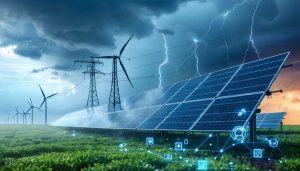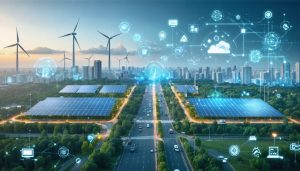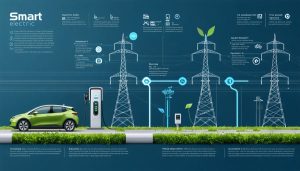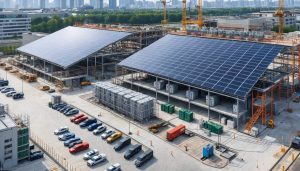
Why Modern Energy Infrastructure Must Evolve: Building Resilience for Tomorrow’s Challenges
Infrastructure resilience stands at the forefront of modern engineering challenges, where the convergence of climate change, cyber threats, and aging systems demands unprecedented attention. As critical networks face escalating risks from natural disasters, technological disruptions, and security breaches, the imperative to build robust, adaptable infrastructure has never been more urgent.
Recent data reveals that infrastructure failures cost global economies over $300 billion annually, with 40% of these incidents stemming from preventable vulnerabilities. Forward-thinking organizations now implement comprehensive resilience …









